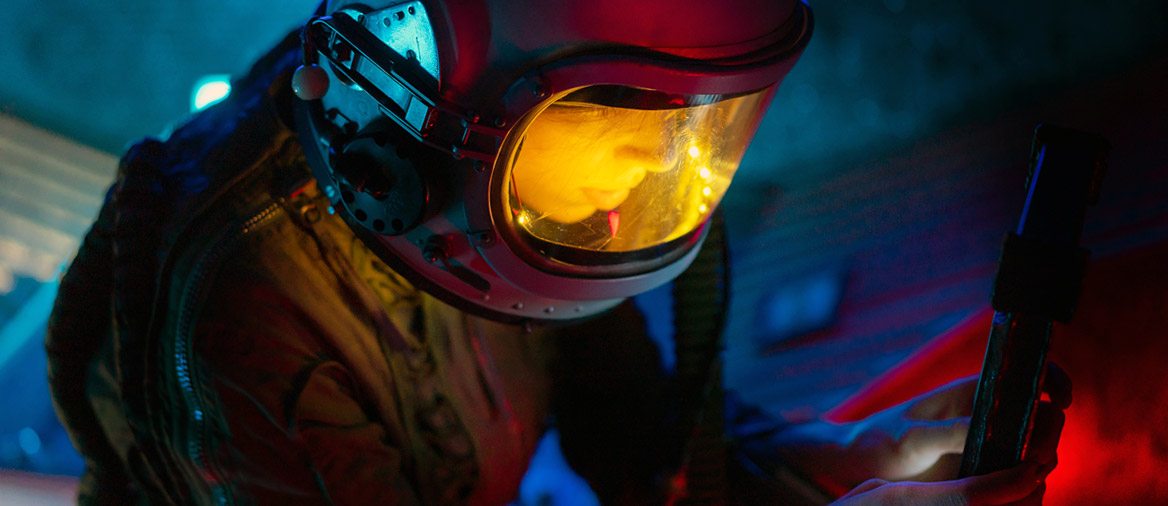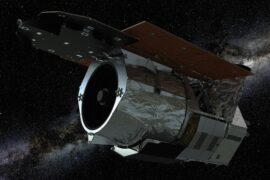The race to launch the first manned mission to Mars is on.
SpaceX, NASA, and the Chinese National Space Administration have plans to try to send the first humans to the red planet in the next few years.
The plan is that this will eventually lead to humanity establishing permanent colonies on Mars and then other planets so we can finally become an interplanetary civilization.
But living on Mars is not easy. The planet is an extremely harsh environment for humans and we will not be able to survive there without help.
We have talked before about why there are many good reasons to live on Mars, but it is also true that humans can’t even breathe there without a space suit. So we’ll need to bring a few things on the trip to survive. There will also be others that we’ll need to grow and manufacture on-site.
But anyway, here are the 10 things that you need to survive on Mars if you ever plan to go there.
1. Oxygen on Mars
First things first. Oxygen is the most basic thing that we humans need to survive. But it’s not as readily available on other planets as it is on Earth.
Unlike Earth’s air which contains 21% of oxygen, the Martian atmosphere has less than 1%. That’s bad news. Without oxygen, you wouldn’t last more than a minute on Mars. So much for the trip.
Thankfully, we came up with a solution a long time ago in the form of completely sealed and fully pressurized suits that can circulate oxygen, allowing astronauts to breathe.
There is one problem, though. We still need a way to get that oxygen. Bringing it from Earth would be too expensive and unpractical. But how do you get oxygen out of a planet that barely has any?. Well, NASA is already working on a solution. The project is called MOXIE and the first version was launched and is being tested by the perseverance Mars rover.
If we can figure out a way to extract oxygen on Mars, one of the biggest challenges of space exploration could be solved.
2. Food sources on Mars
Obviously, to survive on Mars, the people there will also need to eat.
Food sources on Mars are non-existent. So, every ounce of food will need to be transported from Earth. That’s rough because it puts a time limit on any mission to the red planet and makes the success of any potential Martian colony too dependent on Earth.
If a Martian colony is going to have a good chance to survive, it will have to find a way to make its own food.
But that’s not as easy as planting some potatoes on Martian soil and hoping they’ll grow.
Earth plants, fruits, and vegetables also need our planet’s atmosphere, temperature, sunlight, and radiation protection to grow and thrive. Any food grown on Mars will have to be grown indoors in greenhouses with perfectly controlled environments. And even then, the menu selection will be very limited.
3. Water sources on Mars
Next there’s water. Fortunately this one might be easier to get as there is water on Mars. Kinda.
The problem is it is not in liquid form, it is ice, and it is only found at certain locations of the planet.
But assuming we can get to these location and bring some equipment, the process to extract water is relatively simple. Dig it up, sublime it using solar energy or some other heat source and then condensate it. We have been doing this for centuries to get distilled water, and while I’m oversimplifyng the process a lot, it is doable.
This water not only will it be used for drinking. It will also be required for irrigation, and more importantly, to produce fuel that can bring back ships from Mars to Earth.
4. Pressurized suits and habitats
We have evolved to live under the atmospheric pressure of Earth’s surface which is around 14.7 punds per squared inch. The pressure on Mars is less than 4% of that.
Leaving aside the lack of oxygen mentioned above, this means that if you were to take a breath on Mars with those pressure conditions, your lungs wouldn’t be able to exhale.
To solve this, we will need to bring pressurized, fully sealed suits that can emulate the atmospheric conditions of Earth.
The inside of the ship, and any habitat and structure where people will spend time will also have to be pressurized so they can take their suits off and have some more freedom.
5. Radiation shielding
One of the functions of our atmosphere on Earth is protecting us against the radiation that is all over space.
Even though Mars has an atmosphere, it is not thick enough to protect the surface of the planet from the high levels of radiation emited by the Sun. The radiation that reaches Mars is about 17 times higher than the amount that reaches Earth’s surface.
This is why spaceships, space suits, habitats, or any other structure where humans will spend time on will have to be shielded against radiation.
One proposed solution to this problem that would not require bringin a lot of material from Earth could be building underground. Structures built several feet underground would be naturally shielded by the Martian surface.
6. Energy sources and batteries
There is no oil on Mars, and i doesn’t matter how much energy we can pack from Earth, it won’t last long. Mars is cold. Very cold. Temperatures on Mars barely reach 20°C (70°F) on the hottest summer days at the equator. And at night, the temperatures can plumet to -80°C (-112°F). The habitats, greenhouses, and vehicles will need a lot of energy just to keep people warm.
Renewable sources of energy on Mars are not as readily available as on Earth. Solar and wind power are considerably weaker. Mars gets less sunlight and the dust storms make it hard to get a predictable amount for a colony. It will need to be efficiently stored in batteries and even then it might not be enough.
Due to this, nuclear power will have to be considered as an option to get the necessary amount of energy for a Martian colony.
7. Housing
People need a roof over their heads. And while ships might be good enough for short term missions, Mars colonies will need a lot more space to thrive.
There are many proposals for how housing on Mars is going to work. Any habitats and buildings will have to be able to insulate the cold outside and keep as much heat as possible. It will also need to protect agains the constant, raging dust storms.
Bringing materials to build houses on Mars is quite expensive so the best solutions would involve using lightweight materials, using materials that can be extracted from Mars, or even forget about building on the surface and focus on building underground shelters.
8. Forms of communication
Multiple forms of communication will be critical on Mars to keep everyone informed about important information such as weather, mission status, vehicle location, etc.
Mars colonists will also need to constantly communicate with Earth. This is a big problem because with our current technology, relaying messages between both planets takes about 22 minutes dues to the distance.
We need a better way. And the answer might be lasers.
Mars could be the first place to use NASA’s Laser Communication Relay. This is a technology that is currently in the proof of concept phase. It is orders of magnitude faster and can carry more information than radio waves or wi-fi.
Laser relay has some limitations that still need to be worked out. Mainly that both transmissor and receptor need to be pointing to each other at certain angles, but it is very promising. So much that Mars’ communications infrastructure could some day be the envy of Earth.
9. Bring some company
Humans are social creatures. Isolation and lack of social contact has proven to be detrimental to aperson’s health.
A trip to a different planet will be extremely challenging mentally. The crew and population of Mars will have to be able to trust each other.
This is why some psychologists propose that the people that end up going on a mission to Mars are couples or even entire families.
10. A sense of purpose
Building an interplanetary civilization will be the greatest technological and social challenge that humankind has ever faced. The people that decide to take the call and go to Mars will be facing an inhospitable environment, harsh living conditions, psychological trials and technological life-or-death problems. It’s not going to be easy at all.
These pioneers will need to have a strong sense of purpose and constantly remind themselves that the sacrifices they will be going through will help our entire race. There is no doubt that sooner or later, humans must learn to colonize other planets in order for the species to survive. And in my humble opinion, it’s better if it is sooner.
Enjoyed this article?
Get daily 10-minute PDFs about astronomy to read before bed!
Sign up for our upcoming micro-learning service where you will learn something new about space and beyond every day while winding down.







